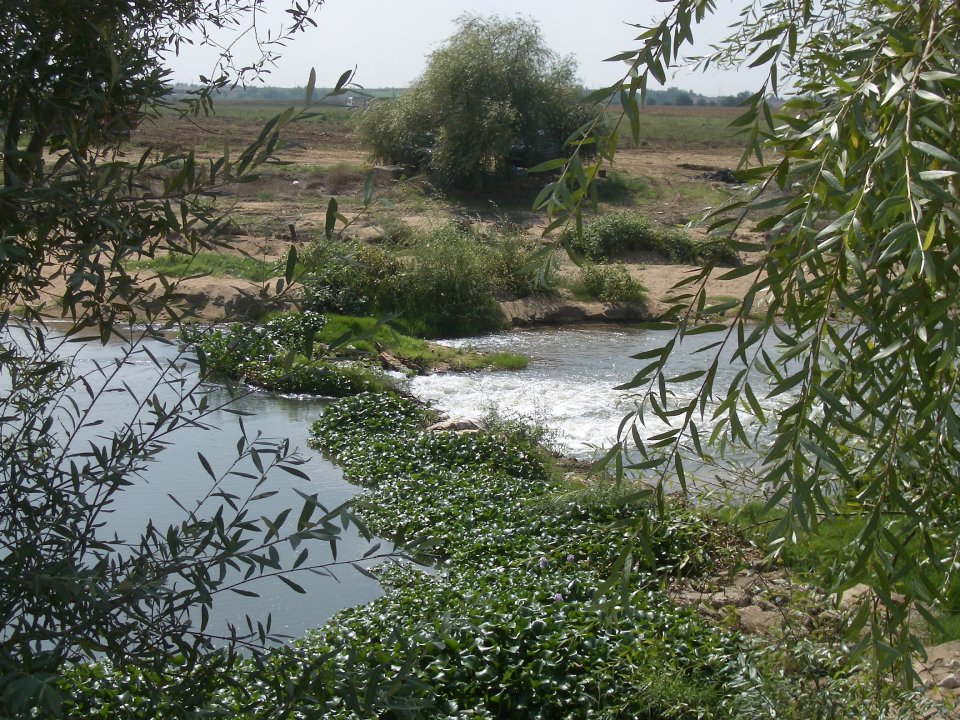
The Sorraia floodplain is around 20000km2 in size. The natural flow regime is mediterranean, with concentrated rainfall events and a long dry summer. Major hydrological stressors are irrigation, flow regulation and damming, storing and diverting flows. Two big dams directly upstream the floodplain, each at the two main Sorraia tributaries (Sor and Raia rivers) were constructed in the 1950’s for irrigation purposes, and now serve multiple uses. Many permanent and small weirs exist, needing fish passage retrofitting or removal. Minimal and ecological flow regimes are defined but not implemented, resulting in vegetation encroachment in river channels, and connectivity losses. Many parts of the river are heavily occupied by irrigated crops, especially lowlands, and including rice fields areas.
Implement the best configurations for greening elements (type, location, spatial configuration), in the Sorraia floodplain valley, that maximize biodiversity (woody structure, ants, birds and chiropterans) and ecosystem services (biological control, nutrient and sediment removal, pollination, habitat for species) without detriment of economic incomes for farmers. During the planning stage, a model for optimization will be developed, and different scenarios of agriculture development and global changes tested, together with stakeholders and administration.
This case study is one of 17 that are part of the EU Horizon2020 project MERLIN - Mainstreaming Ecological Restoration of freshwater-related ecosystems in a Landscape context: INnovation, upscaling and transformation.
- riparian rehabilitation (planting, weed control and width increase)
- establish nature based structures to facilitate recolonization of key-species
- construction of a small pond landscape network
- improvement of river crossings and development of a crossing prototype in Mediterranean rivers
- habitat enhancement for pollinators and key-species predators (amphibia, bats, birds, spiders, carabids)
- improvement of ecological status of the Sorraia river through minimizing some of the main stressors (derease of nutrient and sediment load)
- shaping international agricultural policy on how irrigated farmland can be used sustainably
- increased carbon sequestration through intact riparian galleries
- Increase infiltration / Water storage
- Reduce flood risk
- Reduce run-off
- Carbon sequestration and storage
- Improve connectivity and functionality of green and blue infrastructures
- Increase achievements of biodiversity targets
- Increase quality and quantity of green and blue infrastructures
- Improve water quality
- Increase awareness of NBS solution & their effectiveness and co benefits
- Increase population & infrastructures protected by NBS
- Increase stakeholder awareness & knowledge about NBS
- Increase willingness to invest in NBS
- Social learning about location & importance of NBS
Further information
- 6. Clean Water and Sanitation
- 12. Responsible Consumption and Production
